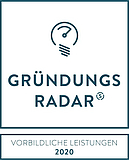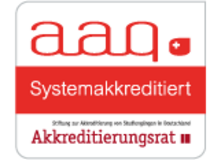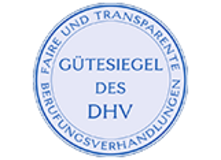Today, the University’s Faculty of Physics and Electrical Engineering has a very special cause for celebration: News arrived that one of the 2014 Nobel Prizes for Physics has been awarded to Shuji Nakamura, Professor at the University of California in Santa Barbara – and at the same time an honorary professor of the University of Bremen. The prizewinners, Nakamura, Akasaki and Amano, receive the honor for their work on developing blue light emitting diodes (LED). The Royal Swedish Academy of Science awarded the prize in recognition of their “revolutionary” research that produced the “new energy efficient and environmentally friendly light source”. This year‘s winners of the Nobel Prize for Physics will share prize money of 880,000 euros (8 Million Swedish kronor).
Shuji Nakamura has been among the world’s top experts on semiconductors for several decades. His research findings have led to a number of breakthroughs, and his work on blue optoelectronics has had a major influence on modern-day technology. He was made an honorary professor of the University of Bremen in 2004, and since then he has often come to the Hanseatic City of Bremen to hold lectures and courses. In his support for our University, Shuji Nakamura underscores the high international repute of physics “made in Bremen”, especially in the field of green and blue laser. “The Nobel Prize award is also an honor for the University and for Bremen as a location for cutting-edge research”, commented University Rector, Professor Bernd Scholz-Reiter, with justifiable pride. The Dean of the Faculty of Physics and Electrical Engineering, Professor Jens Falta, adds: “Optoelectronics is a key technology with a broad spectrum of applications – just think of Blu-ray – and energy-efficient LEDs now have a major impact on our everyday lives. Our colleague Shuji Nakamura has played a leading role in developing this groundbreaking technology.”
Professor Nakamura, who today teaches and conducts research at the University of California in Santa Barbara, has always been at the very fore of developments in the field of blue optoelectronics. Working for Japanese industry in the mid-1960s, he invented the first green, blue and white light diodes on the basis of gallium nitride (GaN). This heralded in the era of energy-efficient LED light and also enabled a quantum leap in the capacity for data storage and replay (23 GB disc) using short wave GaN-based laser diodes. Moreover, his development of the first blue light and laser diodes triggered a dramatic advance in the field of nitrides worldwide.
Professor Nakamura is no stranger to fame, having received numerous international accolades and prizes. Among the coveted awards conferred on him are the “Benjamin Franklin Medal in Engineering” (2002), the “Millennium Technology Prize” (2006), and the “Technology & Engineering Emmy Award” (2012). The first contacts between Professor Nakamura and the Bremen physics professors at the Institut für Festkörperphysik [Institute for Solid State Physics] were established in the mid-1990s. Since then the Institute’s Professor Detlef Hommel has co-authored a total of nine scientific publications with Nakamura. They also registered a patent together.
If you would like to have more information on this topic, please contact:
University of Bremen
Faculty of Physics / Electrical Engineering
Prof.Dr. Jens Falta
Phone: +49 421 218-62244
e-mail: faltaprotect me ?!ifp.uni-bremenprotect me ?!.de
and
Prof.Dr. Jürgen Gutowski
Phone: +49 421 218-62200
e-mail: gutowskiprotect me ?!ifp.uni-bremenprotect me ?!.de



![[Translate to English:] Staatsrätin Irene Strebl, Rektorin Jutta Günther und Konrektor Michal Kucera stehen vor einer Wand, auf der eine Videoübertragung angekündigt wird und machen ein Selfie.](/fileadmin/user_upload/universitaet/Uni_Allgemein/TOP-NEWS/2025_Slider/20250527_Exzellenz-Fotos.jpg)











